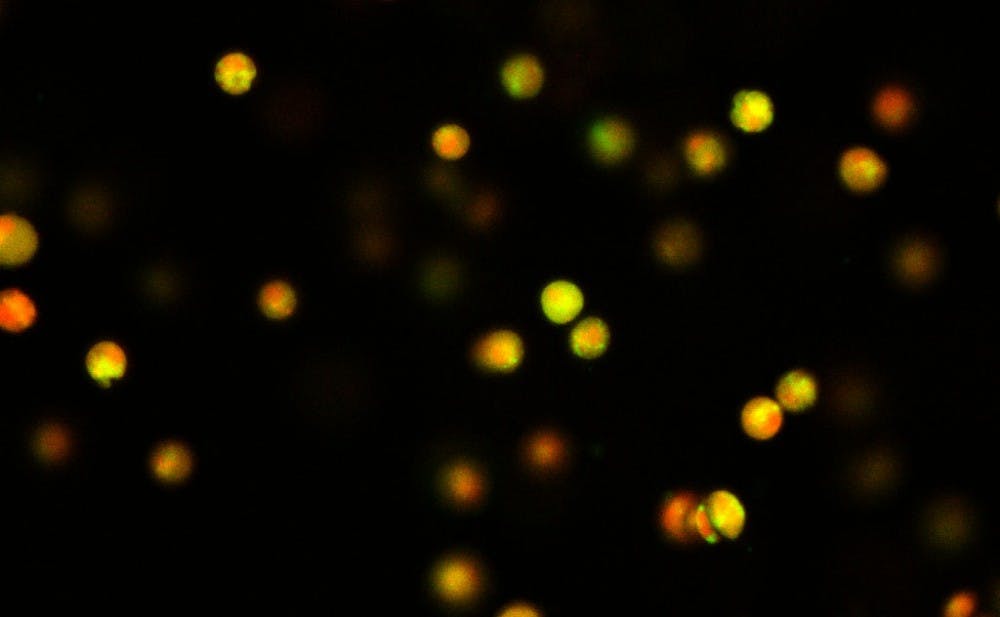Researchers at Duke University have identified a protein crucial in the process of sensing and converting physical strain into cell growth in cartilage tissues, leading to implications towards a cure for arthritis.
Led by Christopher O’Conor, an MD/Ph.D. student in the University of North Carolina at Chapel Hill and North Carolina State University joint department of biomedical engineering, the study showed that cartilage cells can be grown by chemically signaling a protein—TRPV4—implying a new future for cartilage regeneration. TRPV4 is an ion channel found in humans and other mammals and the study showed that it is expressed at different levels in different tissues, such as bone and fat. Removal of the gene coding for TRPV4 leads to the onset of severe osteoarthritis in mice animal models.
O’Conor noted that the mechanism for this protein can be very valuable to humans suffering from joint pains since the damage that can occur in human cartilage is due to abnormally high or low levels of mechanical loading onto the cells of the cartilage.
“People that do a lot of knee-bending or work on their knees and put high loads on them are more prone to cartilage degeneration,” O’Conor said. “However, at the same time…the cartilage can lose some of its properties and its strengths if you don’t appropriately exercise them.”
O’Conor said the lab had been working on mechanotransduction—how cells respond to physical and mechanical environments—and their experiments with TRPV4 have shown its link to sensing these mechanical changes.
Knowing that the protein was already particularly important within different organ systems, O’Conor and the lab group examined TRPV4 within cartilage cells and uncovered one of its novel functions. Normal amounts of mechanical loading have been shown to trigger growth of cartilage cells, and when a moderate amount of loading was applied to cartilage tissue, TRPV4 was activated and caused growth of new cartilage cells. Additionally, by activating TRPV4 with chemical signals rather than mechanical stress, the lab was able to generate new cartilage cells.
Holly Leddy, a post-doctoral associate at the School of Medicine and co-author of the study, stated that the findings are very relevant to human disease since about one in five American adults report suffering from arthritis. Re-growing cartilage tissues for therapeutic means would be much easier by targeting the TRPV4 channel, Leddy noted.
“If we can trick the cartilage into thinking it’s being loaded, we can grow very complicated shapes,” Leddy said.
Leddy said their next goal was to see whether or not TRPV4 will be able to help regenerate lost cartilage or prevent cartilage generation within human cells.
Although the team used pig cartilage tissue for their research, O’Conor said the expression of TRPV4 has been found in every animal the team has looked at so far and the researchers believe that it will have a similar function within human cells. It is also present in many other parts of the body—occurring most in articular cartilage, lining the joints—carrying potentially numerous roles across several different systems.
Farshid Guilak, Laszlo Ormandy Professor of Orthopaedic Surgery, attributed these findings to twenty years of extensive lab work on cartilage cells, adding that the future direction of studies into this protein can help make advances in a wide variety of fields due to its presence and functions across multiple tissue contexts.
“This channel appears to be most highly expressed in cartilage of all tissues, but is present and plays critical roles in a number of other tissues such as lung, skin, blood vessels and bone,” Guilak wrote in an email Monday. “Our collaborator on this project, Dr. Wolfgang Liedtke, has recently shown that this channel plays a major role in regulating diverse pain responses in the body.”
Guilak said his lab is also considering other possible mechanical stress-sensing ion channels for their roles in joint tissue and the implications of these studies will result in the development of effective new treatments for joint diseases.
Get The Chronicle straight to your inbox
Signup for our weekly newsletter. Cancel at any time.

